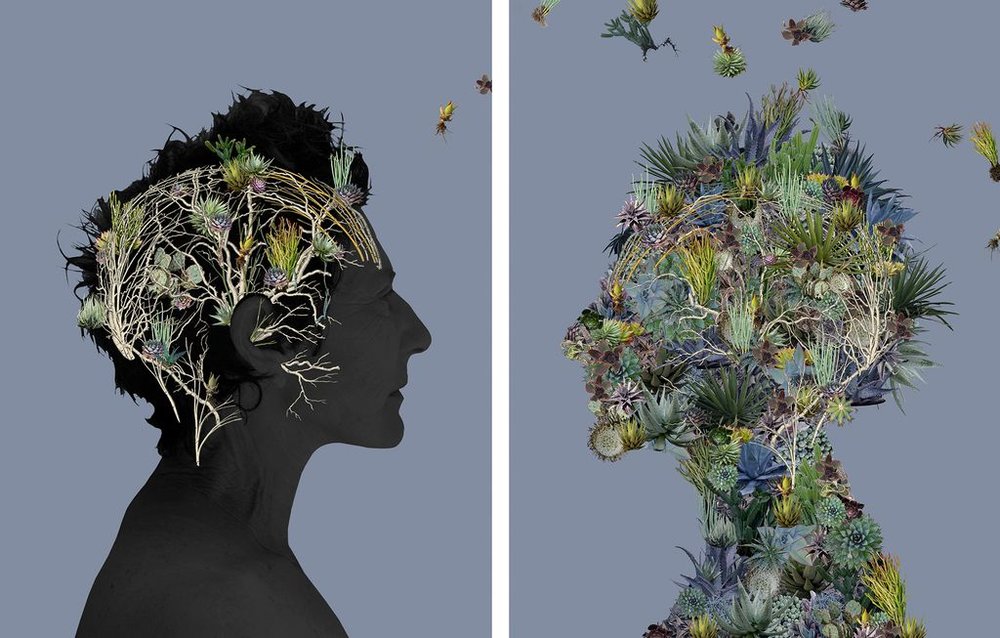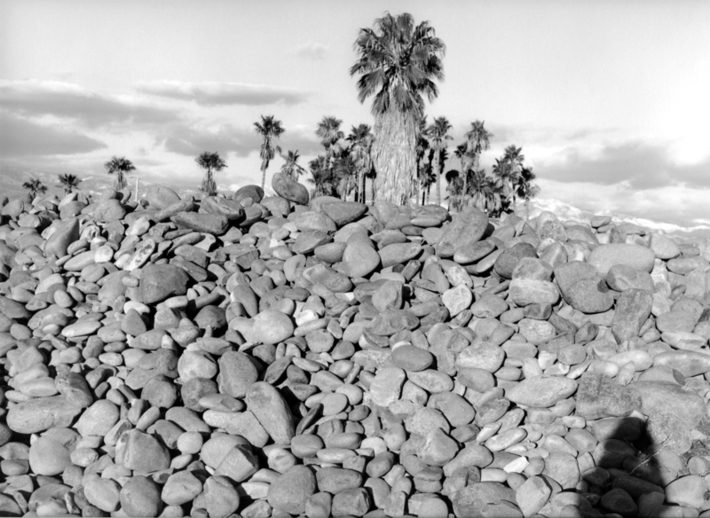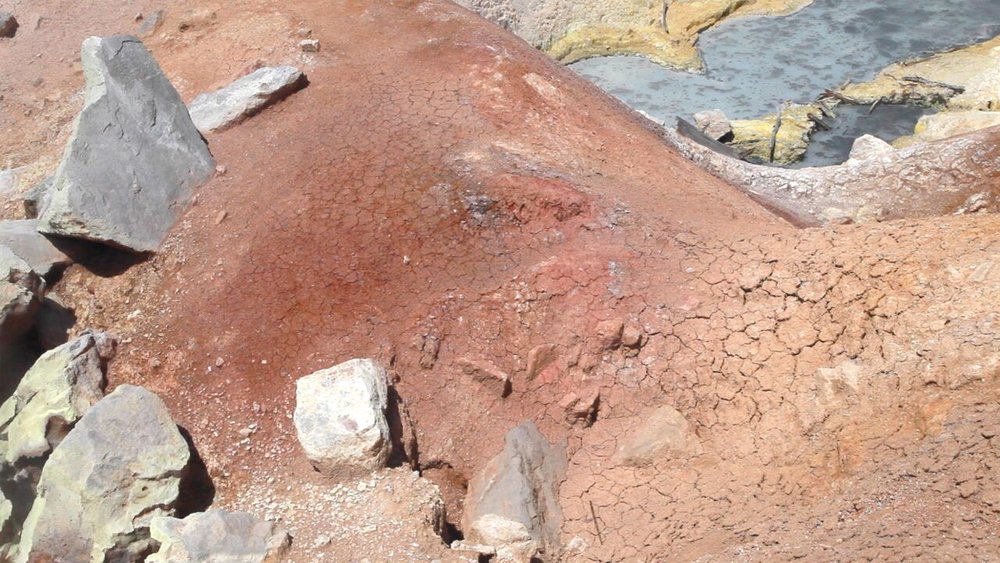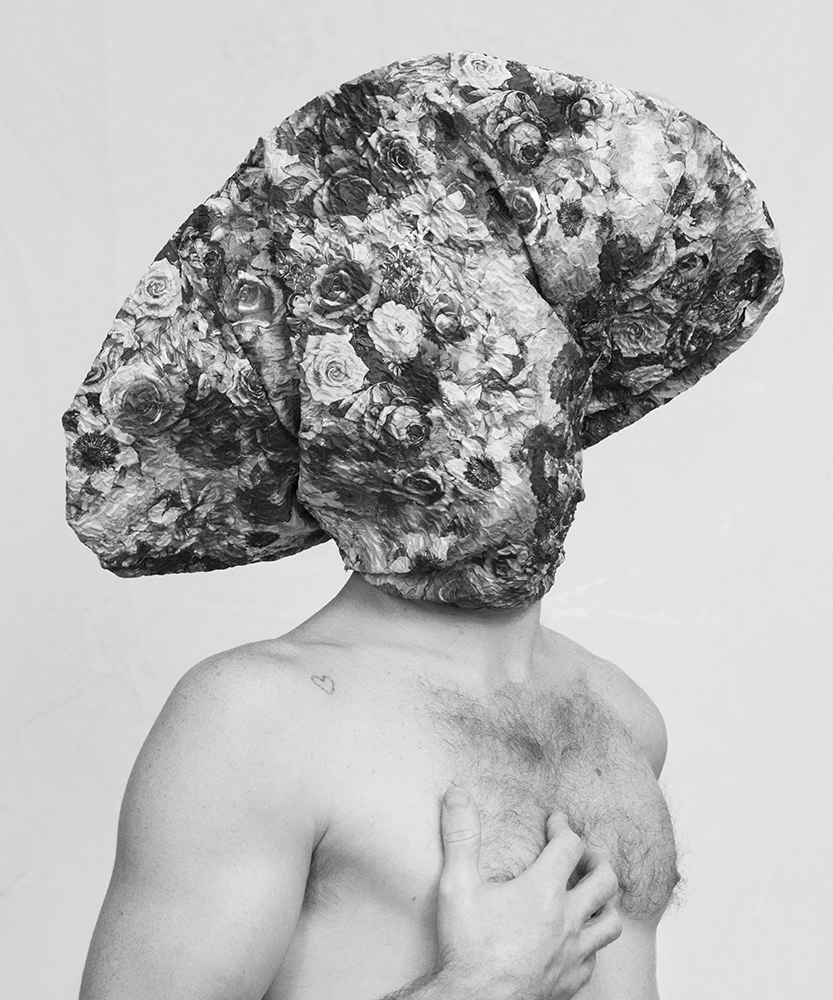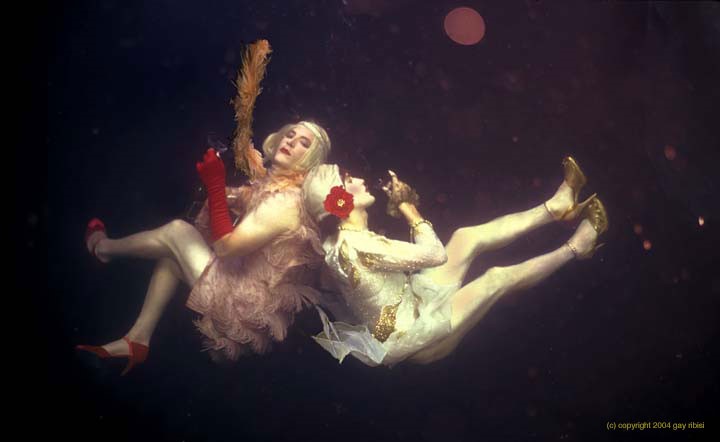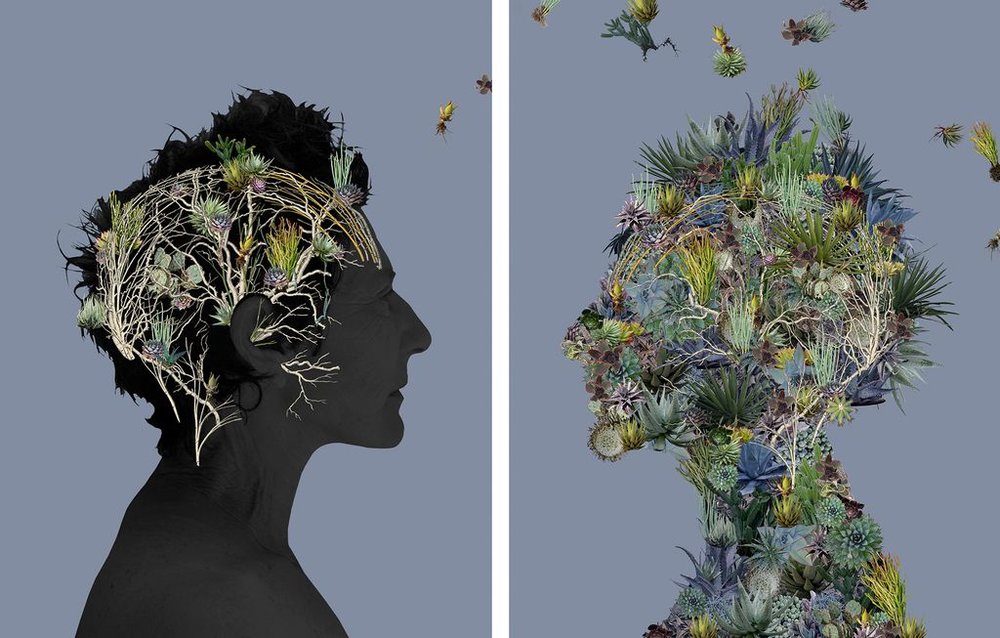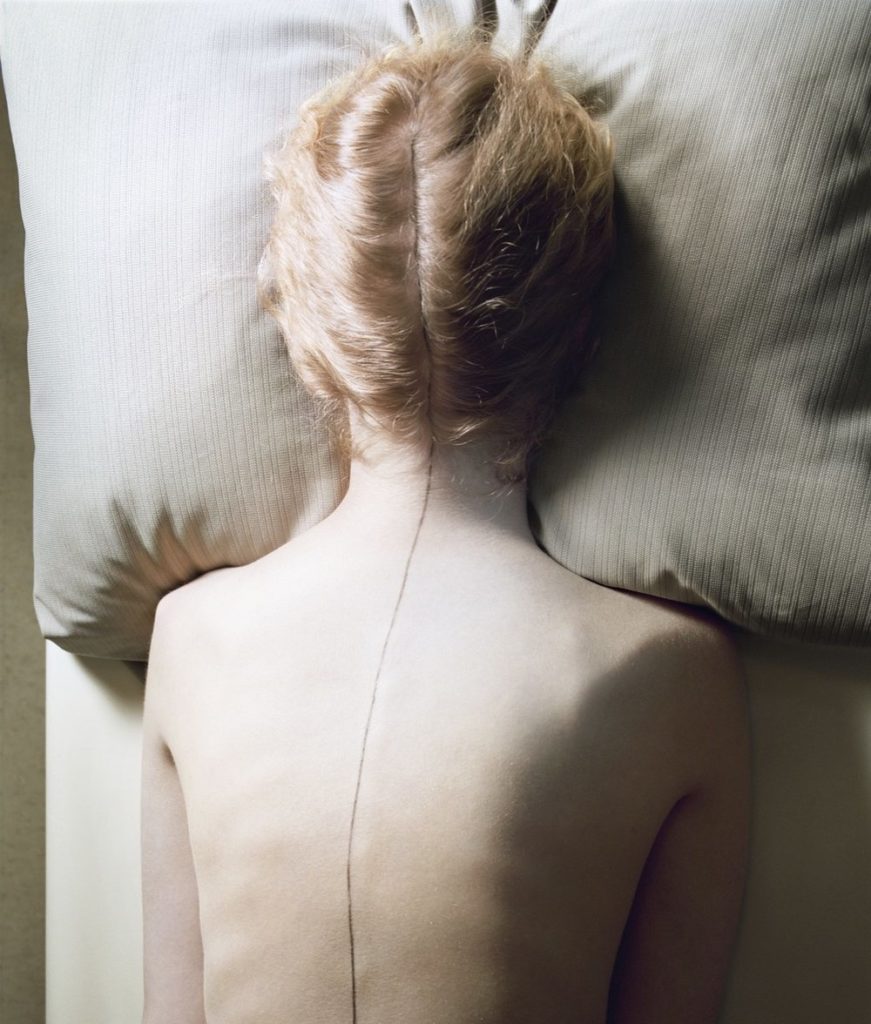Exposed: Curator’s Note
The timing for this exhibition couldn’t be more appropriate as a call to adopt another attitude towards all of our differences. The essence of Post-Identity requires fluidity between the categorical norms society uses and an open-mindedness. Using empathy to see each other without judgement or expectation is the new norm of our aesthetic standard.

